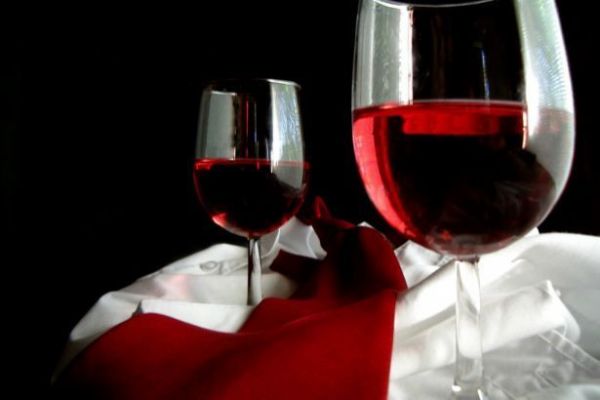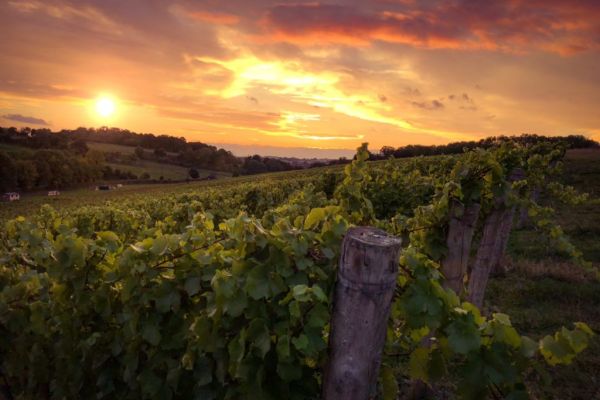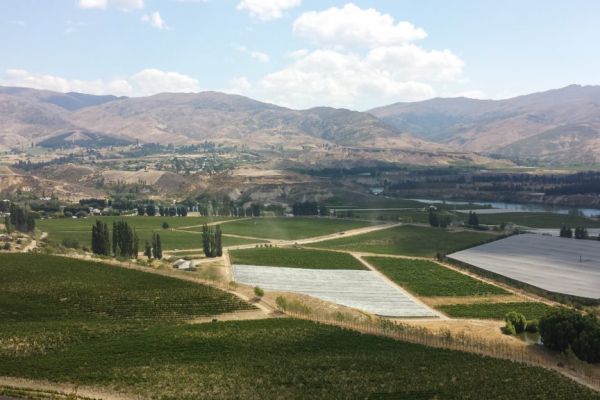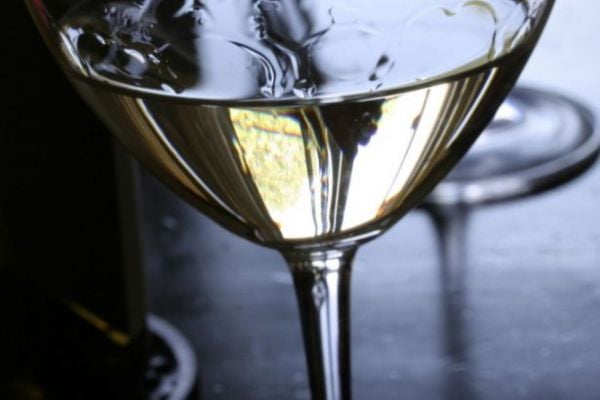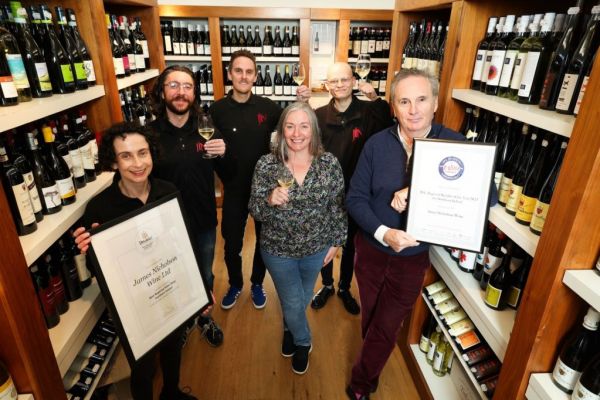In every wine country, vintners anxiously scan the skies all year, hoping weather challenges will still let them make great, or at least good, wine.
So far, 2016 has been a very rough year for Europe’s vintners, with one weather catastrophe after another. Hailstorms in Barolo. Spring frosts, then mildew, in Champagne, and equally disastrous weather events in Burgundy, Chablis, and Beaujolais. In some instances, 70 percent of the crops were lost. Some tiny growers may go out of business.
Now massive wildfires are raging in Madeira and the north of Portugal. So far the vineyards are safe, but that may not last.
Which all means the inevitable supply vs. demand result of fewer grapes and therefore less wine, no matter what the quality: Expect prices for the 2016 vintage of your favorite wines to go up, maybe way up. Right now your best bet is to hunt down French wines from the great 2015 and very good 2014 vintages (especially in Burgundy and Beaujolais) that are already on shelves.
But for 2016, it’s the New World’s turn to shine.
Martinborough was New Zealand’s star region; with a perfect growing season, it’s a paradise on the country’s North Island for pinot noirs that rival Burgundy. The names to know are Craggy Range Te Muna Road (about $45) and Escarpment ($40).
Overall, Australia had a sensational year, especially in South Australia and the Yarra Valley. From Yarra, try Giant Steps chardonnay ($40), Luke Lambert Nebbiolo ($70), and Mac Forbes pinot noir ($35).
Chile and Argentina were both hit by the El Niño weather cycle, which delivered a cooler, wetter year that resembled one in Bordeaux. In Chile, wines are generally fresher and lighter (a good thing, in my opinion). Coastal regions, such as Casablanca Valley, and normally drought-prone Limari Valley in the north did especially well. Look for Casa Marin Sauvignon Blanc San Antonio Valley ($25) and Concha y Toro Marques de Casa Concha pinot and chardonnay from Limari ($25 each).
For Argentina, 2016 was the coolest vintage in three decades. In Mendoza, April was a washout, with heavy rains before harvest that will affect the country’s big reds, especially malbec. Yet the Salta region in the northwest produced terrific aromatic whites such as Torrontes (try the one from Colome, at $12), and from Patagonia, the succulent 2015 Bodegas Chacra Cincuenta y Cinco pinot from the Rio Negro Valley, a fine alternative, is already on shelves at $50.
The surprise success this year is Canada’s southern Ontario. Thanks to hot, dry weather after two brutal winters that nearly killed the vines, vintners are calling it picture-book perfect. The wines are hard to come by, but look for the savory Norman Hardie Niagara chardonnay ($30).
So what about the U.S.?
One of the biggest worries is always wildfires, with one now threatening grapes in California’s Monterey County and another that started over the weekend in Lake County, north of Napa.
Elsewhere, it all looks good. Washington State expects to celebrate a record grape crop, and maybe the 2016s will bring more attention to the state’s underrated but stunning cabernets and syrahs. It’s been warm, but temperature dips slowed ripening, which means very balanced wines. Top labels include Andrew Will Champoux Vineyard Red Wine ($65), a cabernet-merlot blend, and Betz Family Winery La Cote Rousse Syrah from Red Mountain ($60).
And then, of course, there’s California. Napa and Sonoma are anticipating another awesome vintage, with an ideal growing season and just about perfect grapes.
Pinot noir and chardonnay grapes for sparkling wine and some sauvignon blanc are being picked right now. The 2016 vintage may be the one that convinces drinkers that Sonoma’s single vineyard bubblies are really good, especially those from small, exciting cult projects such as Under the Wire ($56) and Ultramarine ($100) that are upstart alternatives to grower champagne.
If you want to assess grapes in Napa for yourself, head to the valley in the next six weeks for the valley’s many harvest events.
News by Bloomberg, edited by Hospitality Ireland
